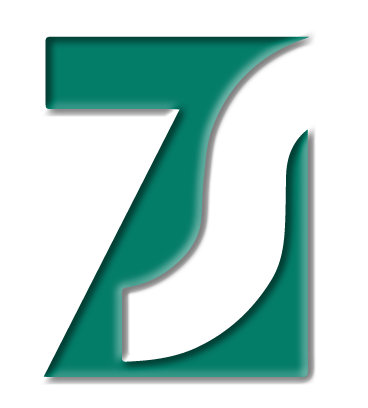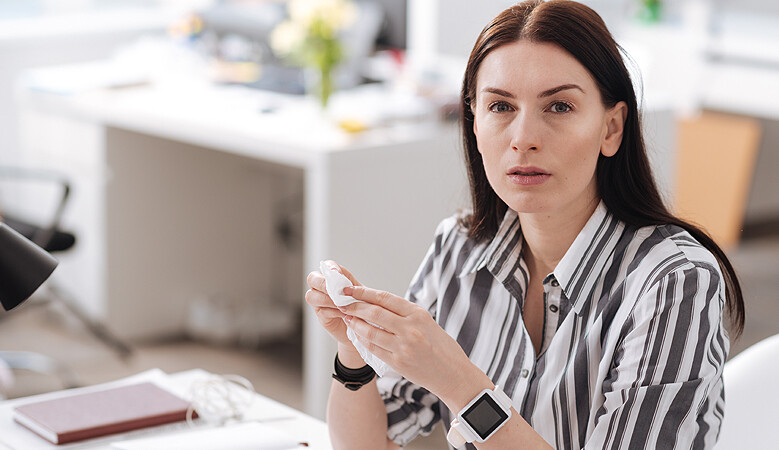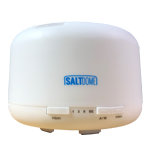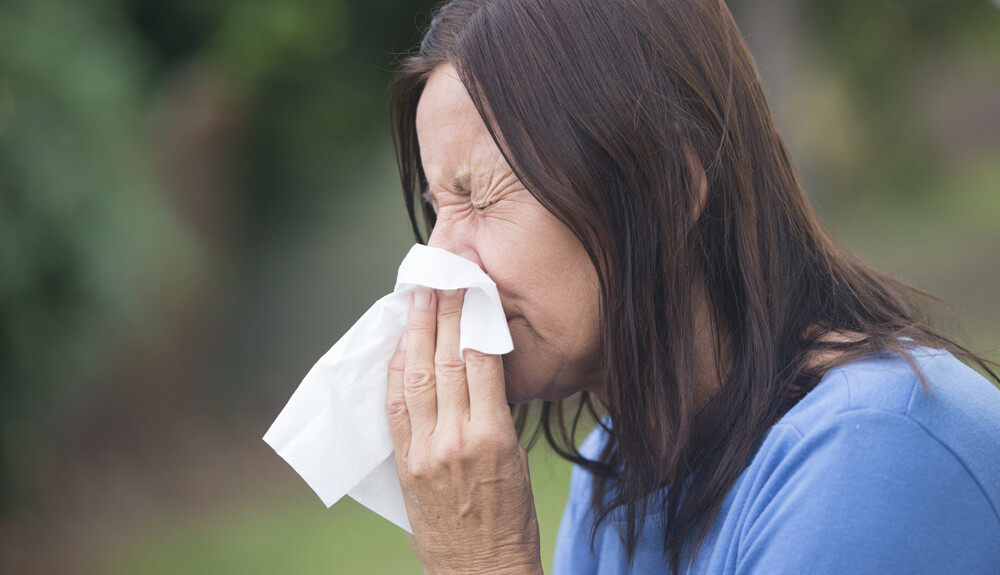From spring to autumn, millions of weeds bloom and start shedding their pollen on ditch banks, farmland and abandoned gardens. Many people are sensitive when they come into contact with them. This is hay fever, also known as allergic rhinitis. It can be triggered by many different pollens, including hazel, poplar, ragweed and wild hemp. Symptoms include nasal congestion, itching of the eyes and endless sneezing.
The human body has a defence against pathogens and external agents called the immune system. Its function is to neutralize harmful substances that have entered the body. As soon as an “enemy” substance is detected, the defence system “sounds the alarm” and starts to destroy or at least inactivate the invader. If this defence system malfunctions and the body reacts to the allergen with a stronger defence than necessary. This is the “allergy”. You may experience a range of unpleasant symptoms such as sneezing, coughing, runny nose, itchy throat, watery eyes. The mucous membranes are pale and swollen. In more severe cases, insomnia may also occur, as sneezing, coughing and itching make it completely impossible to sleep at night.
Hay fever is therefore an overactive immune system triggered by exposure to certain substances. The tendency to hay fever is inherited. Depending on the genetic make-up, different allergens can trigger hay fever. This could be plant pollen, animal hair, mites, mould and fungal spores or even house dust.
Hay fever is diagnosed by a skin test (prick test) and an ear, nose and throat examination.
Types of hay fever:
- seasonal (symptoms last for less than a month)
- persistent (symptoms persist for more than a month)
Treatment of hay fever
There are medicines called antihistamines, which are specifically designed to treat hay fever and are available in tablet or spray form. However, instead of helping the body remove allergens, they regulate the immune system’s response to an attack. Unfortunately, they are not designed to teach the body how to handle allergens properly. So as soon as the patient stops taking the antihistamine, the hay fever flares up again. The only way to stop hay fever is to restore the body’s defences against allergens.
Salt therapy is one such treatment. It both reduces the severity of symptoms and increases the body’s resistance to allergens.
Salt therapy
This is a treatment method that uses salt particles as a raw material. The aim of the treatment is to inhale microscopic salt particles.
The inhaled salt microcrystals adhere to the surface of the mucous membrane lining the airways. They help clear the airways, neutralize allergens and kill pathogens. Symptoms are reduced. If you start treatment during the symptom-free period, you can prevent the onset. In any case, they will be milder than usual. Preventive salt therapy can reduce or eliminate allergy attacks.
Salt therapy is a protection against allergens. The longer you stay in the salt-rich air, the stronger the effect. If you have been to the seaside, you may have noticed that your symptoms, which were still “raging” at home, have been tamed and disappeared in a short time. That’s the positive effect of salt air.
At home, you’re mostly in one place at night, so it’s a good idea to have a salt therapy device in your bedroom. You’ll get a lasting treatment while you sleep. I recommend the SaltDome salt therapy device for this. It’s very easy to use and provides evenly salted air.
- ultrasonic atomization
- 1, 3, 6 hours or continuous operation
- particles of salt smaller than 5 microns
- two-stage vapour production
- colour therapy
- for home and work use
Ultrasonic atomization creates microscopic salt particles and blows them out in uniform concentrations, creating a constant salt air. It works for at least 5-7 days on a single charge.
It’s most effective when kept on your bedside table and operated while you sleep. That means you can treat and prevent hay fever symptoms while you sleep.



